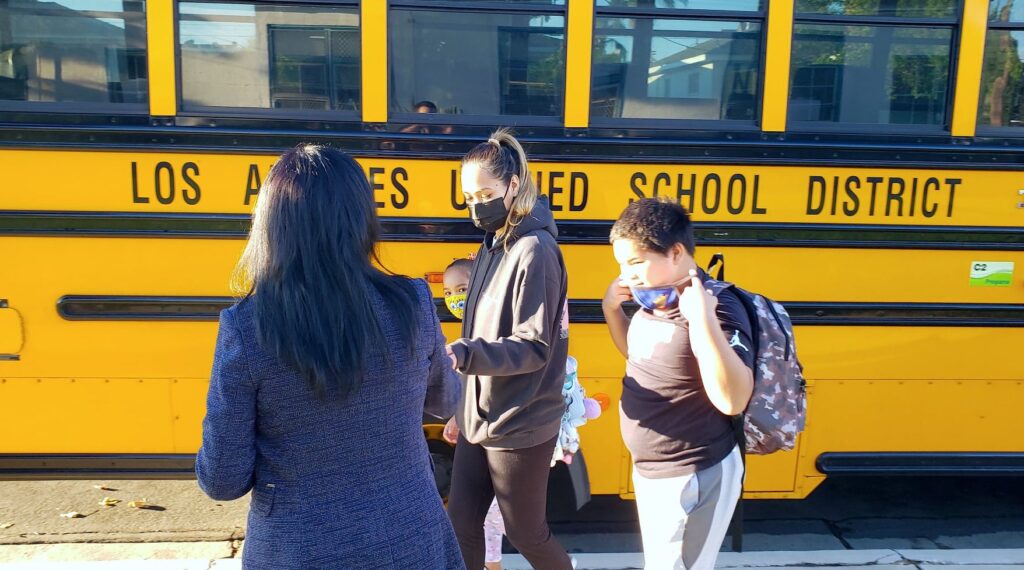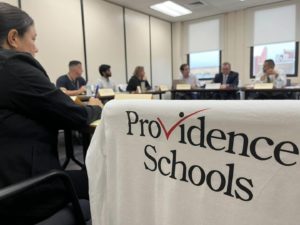LAUSD adopts policy to restrict charter schools on 350 campuses
(The Center Square) – The Los Angeles Unified School District voted to adopt a policy restricting public charter schools from operating on public school campuses with the largest portion…

(The Center Square) – The Los Angeles Unified School District voted to adopt a policy restricting public charter schools from operating on public school campuses with the largest portion of underachieving students, who tend to be most poorly served by the mainstream public school system.
Under Proposition 39, public schools are required to help furnish public charter schools with facilities that are “reasonably equivalent” to what other public school students receive. This measure has led to 52 public charter schools to co-locate at public school campuses within the 1,438 LAUSD system that includes 221 charter schools. Public charter schools are tuition-free and funded by taxpayers, just as traditional public schools are, but can be shut down for poor performance and tend to be non-unionized, unlike traditional public schools.
LAUSD’s traditional public schools receive approximately $5,225 more in funding per pupil than public charter schools do.
The policy specifically restricts charters from operating at LAUSD Priority, Black Student Achievement, and Community schools. Priority schools are those performing at the bottom 50% of public schools; 31% of black LAUSD students meet state literacy standards and 17% meet math standards; according to LAUSD, its Community Schools “deliberately and collaboratively use a social justice theory of action to address the economic and social barriers that are the underlying cause of opportunity and achievement gaps so that all students can reach high levels of academic success in order to be ready to thrive in college, career, and life.”
United Teachers Los Angeles, the union representing LA public school teachers, has long been opposed to the sharing of public school space with public charter schools.
“There are more than 70 public schools that are co-located by unregulated charter companies, which destabilizes the public school and the surrounding communities,” said UTLA on its website dedicated to fighting Proposition 39. “Parents and educators are fighting back against billionaire privatizers and the destructive tactic of co-location.”
Education experts warn that reducing opportunities for some of the most disadvantaged students in LAUSD could threaten academic outcomes for those who need better public education options the most.
“The Los Angeles Unified School District has been hemorrhaging students for the last 20 years — including a 1,000 percent increase in charter school enrollment within their own boundaries — because the district cannot meet the academic needs of its population,” said California Policy Center Vice President of Government Affairs and education expert Lance Christensen to The Center Square. “This new policy will only inflame passions and further deflate educational outcomes, with children losing in the end.”
While LAUSD’s standard public schools are unionized, most public charter schools are not. Charter schools tend to have their own independent facilities, but co-locating with an existing public school with unused space can be an easier way to start a publicly-funded educational alternative for low-income communities.



